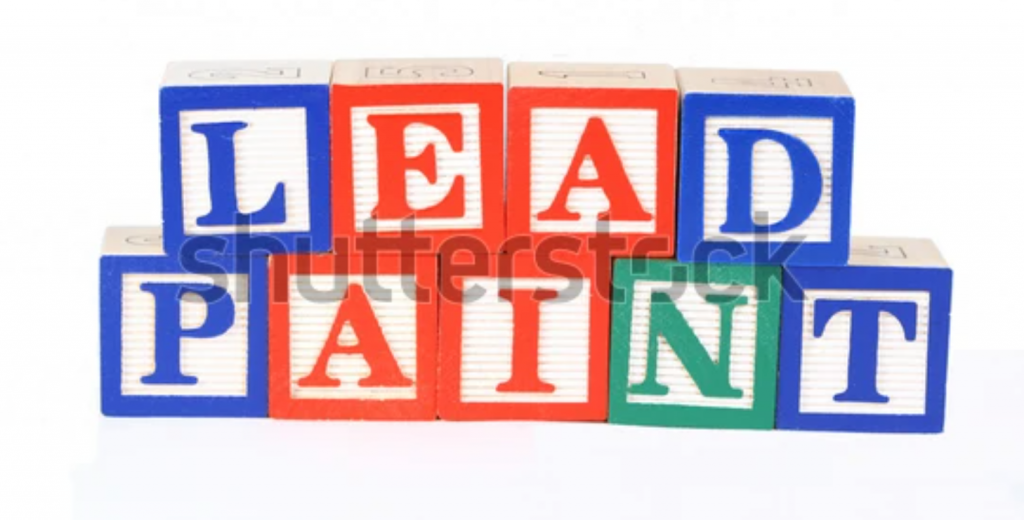Due to its many uses in products such as lead pipes, gasoline, cooking pots, glassware, statues, and paint, lead has a long history as a worldwide toxin. The use of lead dates back to 6500 BC in Turkey in lead mining. In Ancient Roman times, lead was discovered as the byproduct of refining silver and gold. Mining lead was used to make cooking pots, wine containers, lead base makeup, coins, and lead plumbing ((Needleman). The term plumbing derives from the Latin word plumbum or lead, from which the symbol Pb comes (Needleman). Due to lead’s naturally sweet taste, it was added into wines to enhance the flavor (Needleman). During the middle ages, the lead was used for roofing and making statues, coffins, and stained glass windows. Lead-based paints and pigments were also created, which would last up until the 20 century (Keersmaecker et al). In China, lead was commonly used in glassware, coins, dye, lead acetate, and candleholders (Clark et. 2016).
Lead production rapidly rose during the industrial revolution, manufacturing ceramic glazes, glasses, paints, water lines. After World War I, lead use increased to lead-acid batteries. With the invention of the car, organic-based lead, tetraethyl lead, was added to gasoline to increase octane levels in motorized vehicles (Keersmaecker et al., Agency for Toxic Substances and Disease Registry. 2019). Due to the combustion, organic lead was released into the environment (Agency for Toxic Substances and Disease Registry.2019). Lead gasoline eventually faded out due to the adoption of the Clean Air Act, the creation of the EPA (Environmental Protection Agency), and the invention of the catalytic converter (U.S Energy Information Administration. 2020).
Lead-based paint was common due to its durability well into the 19th century. In its use, the paint covered millions of homes and housing units. Lead-based paints were eventually banned in 1978 in the United States due to health concerns. When the paint peels and cracks, it creates lead-based dust, which can be inhaled. Dust can be created by opening a window, floor, or cabinets. The paint peels can also get into the soil system, with which children play outside and come into contact (Saminathan et al. 2010).

Lead-based products are still around and can still be found in children’s toys, furniture, jewelry, glazed ceramics, china, and lead-based crystal dining ware (Health New York. 2010, Agency for Toxic Substances and Disease Registry. 2019). In 2007 toys exported from China were recalled by the United States due to high levels of lead paint (Lee). Lead concentrations can be high in the air, soils, and water can be near sites of mining, homes built before 1978, industrial sources, and lead pipes. Lead enters the drinking water as a result of the corrosion of lead pipes (Health New York. 2010). Flint, Michigan in 2014 resulted in elevated blood lead levels in children due to lead pipes (Denchak. 2018). As of Today, the EPA acknowledges that “there is no safe level of exposure to lead” (Denchak. 2018)

Needleman, H. History of Lead Poisoning in the World. https://www.biologicaldiversity.org/campaigns/get_the_lead_out/pdfs/health/Needleman_1999.pdf
Centers for Disease Control and Prevention. December 8, 2021. The National Institute for Occupational Safety and Health, Lead.
Keersmaecker, M., M. Dowsett, and M. Adriaens. A Short Historical Overview on the Use of Lead. 197-213. https://biblio.ugent.be/publication/8558334/file/8558350.pdf
Health New York. 2010. Lead Poisoning Prevention
https://www.health.ny.gov/environmental/lead/sources.htm
Agency for Toxic Substances and Disease Registry. July 2, 2019. Where is lead found.
https://www.atsdr.cdc.gov/csem/leadtoxicity/lead_found.html
Agency for Toxic Substances and Disease Registry. (July 2, 2019). Environmental Health and Medicine Education. https://www.atsdr.cdc.gov/csem/leadtoxicity/what_lead.html
Clark, J and C. Bryant. (2016, April 19) What Makes Lead So Poisonous. I Heart Radio. Stuff you should know. https://www.iheart.com/podcast/105-stuff-you-should-know-26940277/
U.S. Energy Information Administration. (November 19, 2020). Gasoline explained.
https://www.eia.gov/energyexplained/gasoline/gasoline-and-the-environment-leaded-gasoline.php#:~:text=Leaded%20gasoline%20damages%20catalytic%20converters,farm%20equipment%2C%20and%20marine%20engines
Lee, D. Growing up in a Leaded Environment: Lead Pollution and Children in China.
https://www.wilsoncenter.org/publication/growing-leaded-environment-lead-pollution-and-children-china
Denchak, M. 2018. Flint Water Crisis: Everything You Need to Know
https://www.nrdc.org/stories/flint-water-crisis-everything-you-need-know#sec-summary
Saminathan, S., D. Sarkar, S. Andra, and R. Datta. 2010. Lead Fractionation and Bioaccessibility in Contaminated Soils with Variable Chemical Properties. Chemical Speciation and Bioavailability. 215-225